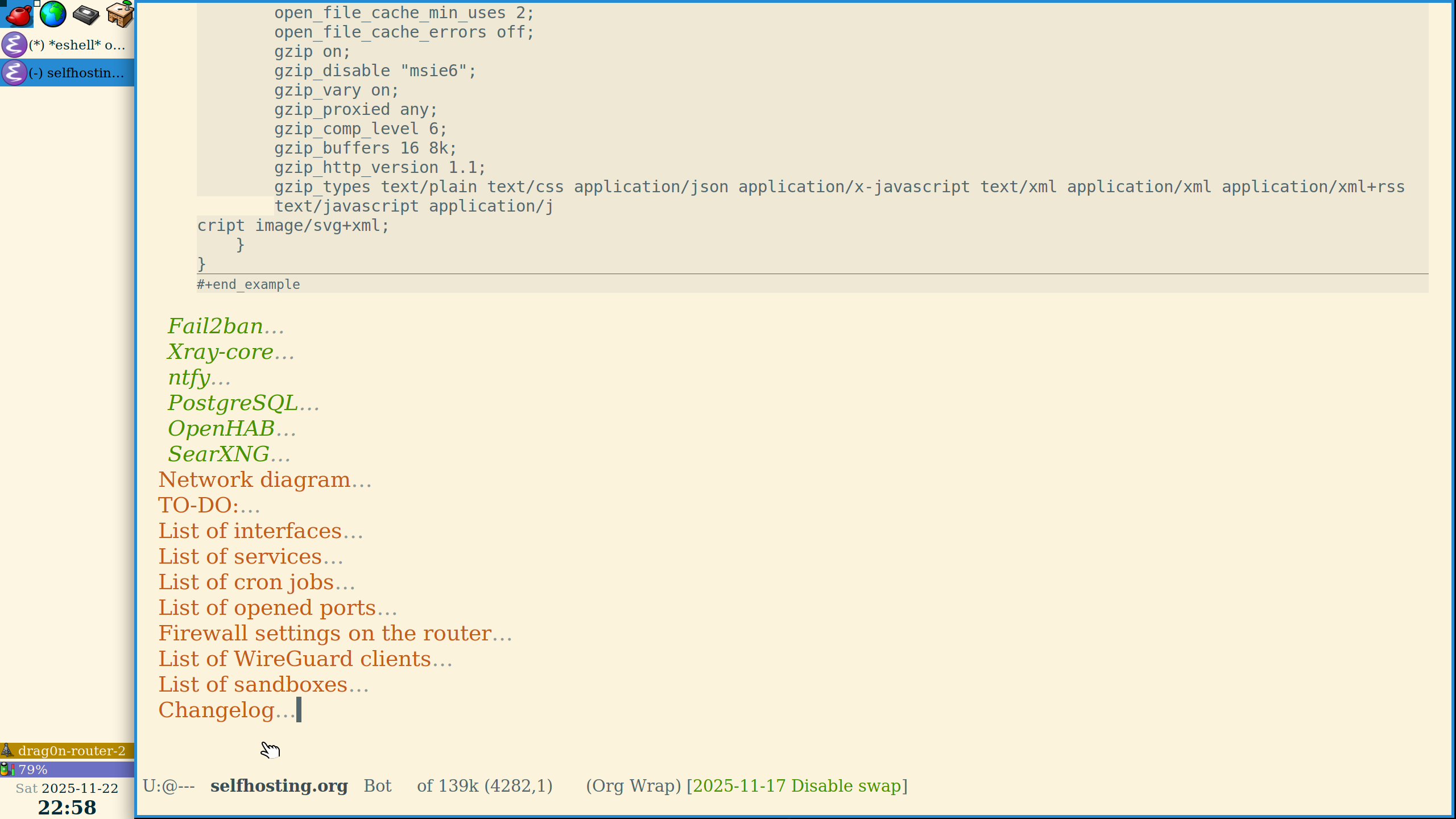The Firefly Zero game jam is now official! Build a game for the Firefly Zero handheld game console on the weekend of January 17-19.
Build a game in any of the supported languages: Rust, Go, Lua, Zig, C, C++, TypeScript, AssemblyScript, Elixir, MoonBit
Documentation and SDK’s are available on the website. It’s very easy to get going and no prior experience is necessary.
More information is available on the Itch.io page:
https://itch.io/jam/firefly-jam
Read more about the Firefly Zero handheld game console on their website:
https://fireflyzero.com/
#GameDev #retrogame #retrogamedev #Rust #RustLang #Go #GoLang #Lua #zig #TypeScript #AssemblyScript #Elixir #MoonBit #FireflyZero









